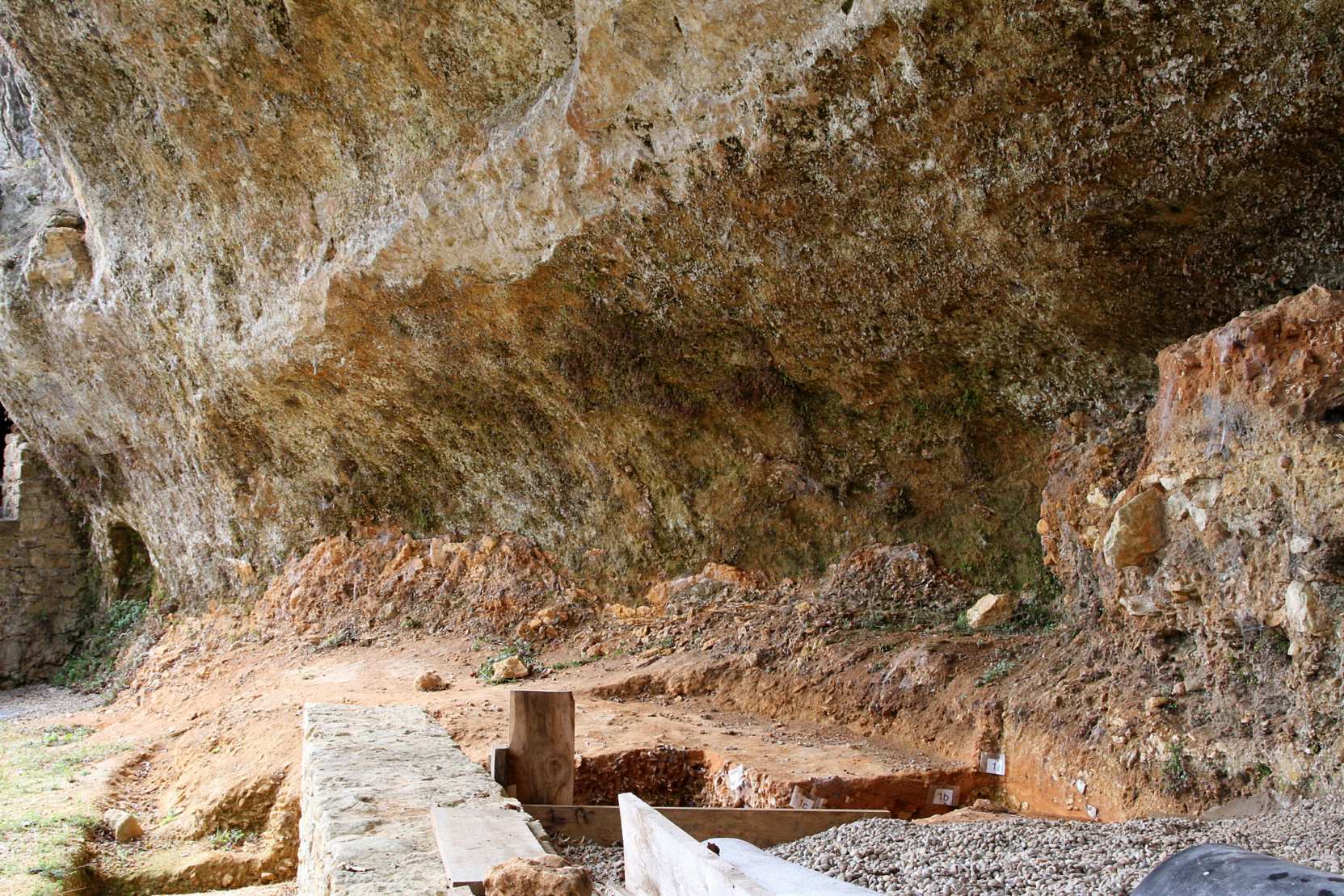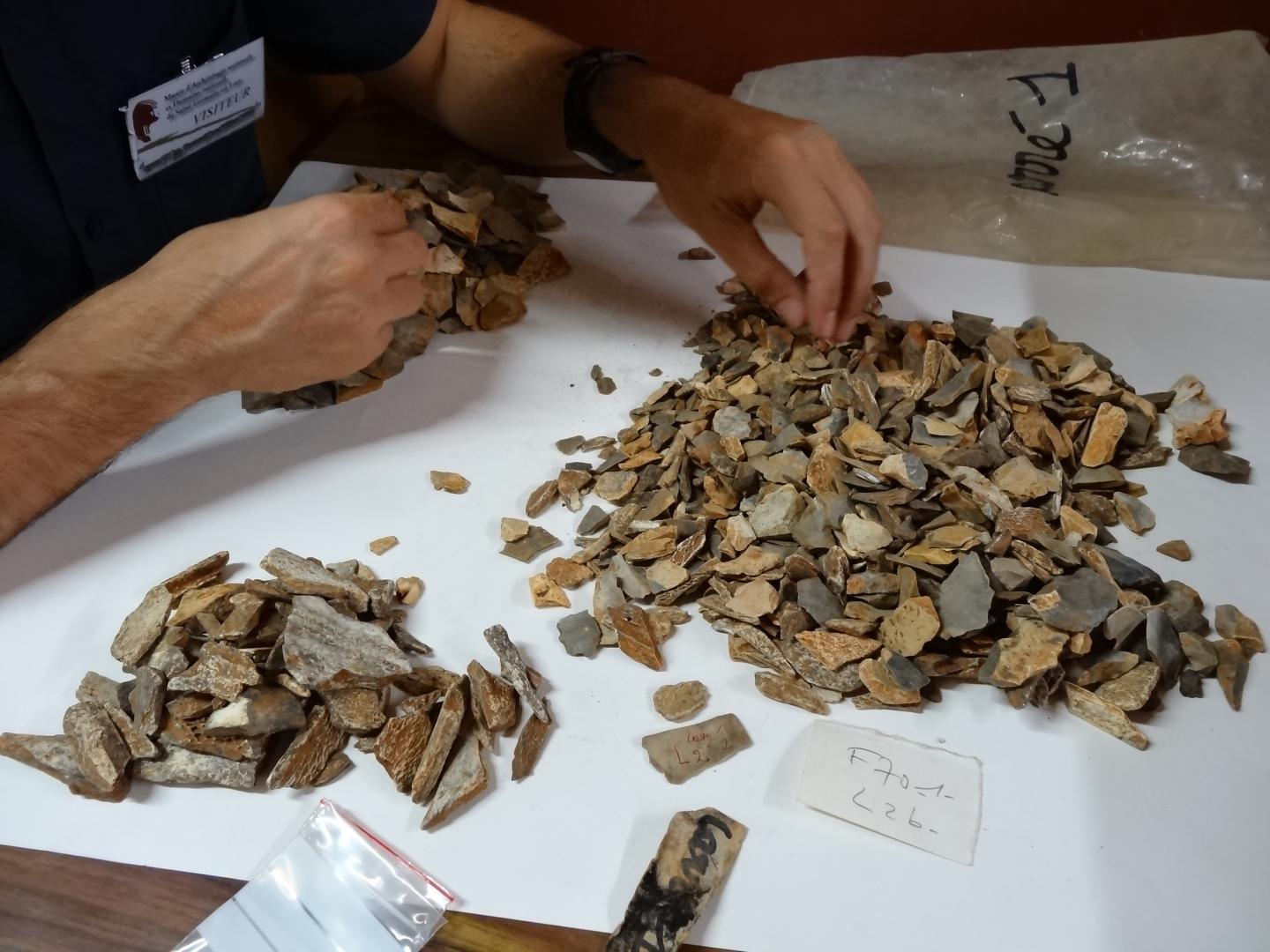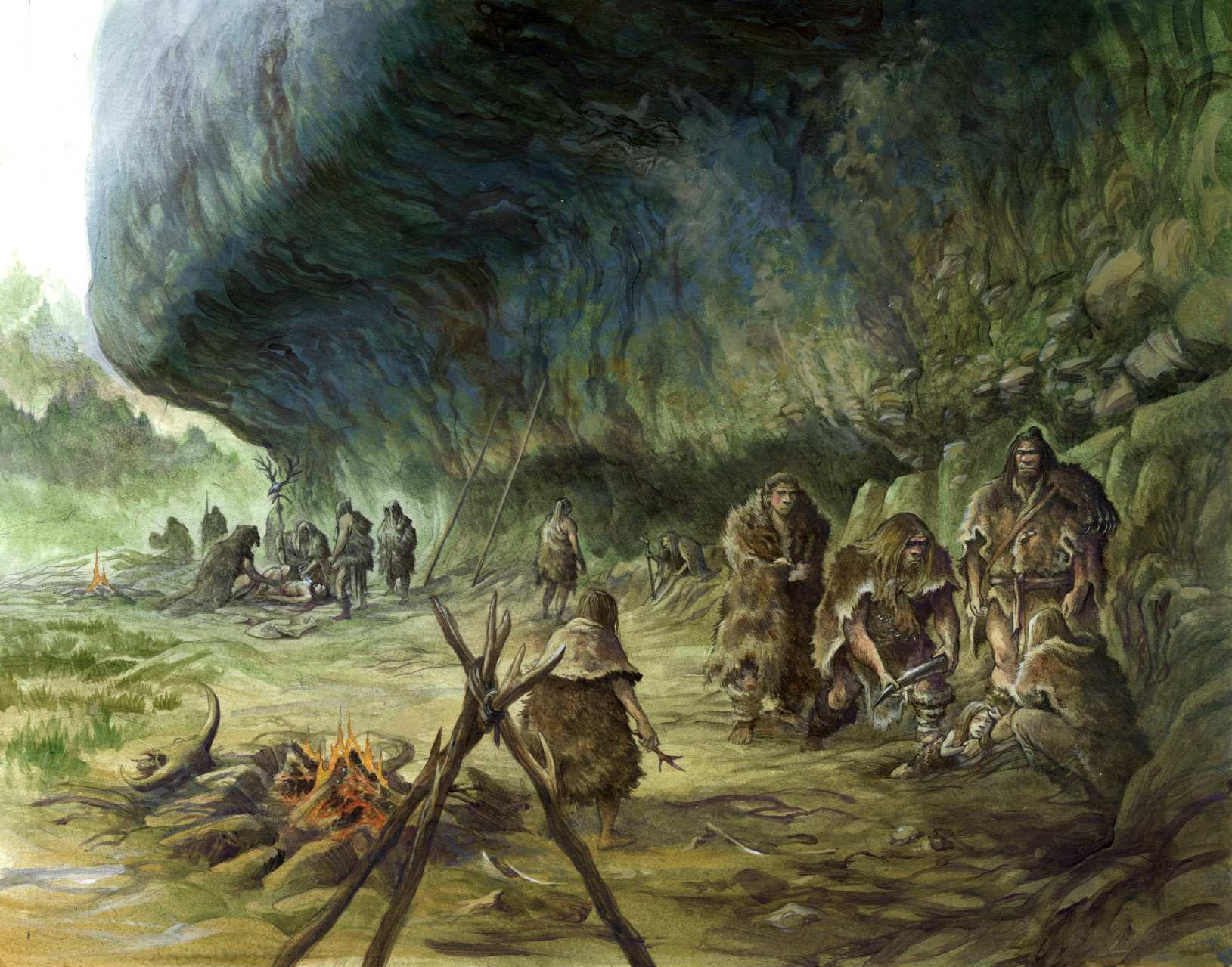It is unclear whether the Neanderthal child was male or female, however, this ancient infant only reached a tender age of two years.

The La Ferrassie archaeological site in southwestern France has recently yielded the remains of a 41,000-year-old child, dubbed La Ferrassie 8. This is among several Neanderthals discovered at the site.
At the start of the 20th century, when the ancient remains were located, archaeologists imagined the skeletons had been purposefully interred, with Neanderthals burying their deceased relatives beneath the ground.
The modern archaeological realm is filled with uncertainty regarding whether Neanderthals practiced the burial of their deceased like the ritual at the Flower Burial Site or if such funerary practices are exclusive to our species, Homo sapiens.
The inquiries made with regards to archaeological techniques and record-keeping can be attributed to the antiquated approaches utilized by archaeologists and anthropologists from the early 20th century and before. Consequently, we are not always certain that their results can be trusted.

A group of scientists from Le Centre National de la Recherche Scientifique (CNRS) and the Museum National d’histoire naturelle in France have been attempting to unravel the enigma of La Ferrassie 8’s vestiges. These remains, conserved at the museum for almost five decades, were uncovered between 1970 and 1973.
“The discovery and context of this skeleton has generally been regarded as poorly documented, but in fact, this deficiency stems from a lack of the necessary processing of the information and materials from La Ferrassie related to the penultimate excavation phase (1968–1973),” the researchers write in their paper. “Indeed, a huge amount of data remained unassessed prior to our current study.”
The scientists carrying out the new research studied the field notes and diaries of the previous archaeological squad and analyzed the bones of La Ferrassie 8. They also conducted fresh excavations and investigations at the La Ferrassie cave shelter where the kid’s remains were found.
The findings of the study, which was conducted using a multi-disciplinary approach, appear to corroborate the previous research suggesting that the La Ferrassie 8 child was in fact buried.

“The combined anthropological, spatial, geochronological, taphonomic, and biomolecular data analyzed here suggest that a burial is the most parsimonious explanation for LF8,” the authors explain.
“Our results show that LF8 is intrusive within an older (and archaeologically sterile) sedimentary layer. We propose that Neandertals intentionally dug a pit in sterile sediments in which the LF8 child was laid.”
The team confirmed that the bones were found in a state of preservation with their anatomical position intact, with the head raised above the rest of the body, even though the land was sloped at a different angle. This led them to the conclusion that the elevation of the head was deliberate, a result of the Neanderthal’s efforts.
The team noticed that there were no signs of animal marks on the remains, which they believe suggests that they were given a quick burial. This is particularly evident when compared to other animal remains in the vicinity which had been weathered.
The researchers explain that the lack of carnivore marks, and the minimal spatial disruption, fragmentation, and erosion imply that the fossils were swiftly buried in sediment.
“We cannot find any natural (i.e. non-anthropic) process that could explain the presence of the child and associated elements within a sterile layer with an inclination that does not follow the geological inclination of the stratum. In this case, we propose that the body of the LF8 child was laid in a pit dug into the sterile sediment.”
A new investigation has just been added to the list of recent studies that appear to confirm the burial of Neanderthals by their peers. And it most certainly won’t be the last.
The French team has declared that it is now necessary to use the upgraded analytical standards to reexamine the separate skeletons of La Ferrassie 1 to 7, in order to provide an updated evaluation of the way in which they were interred. When all is said and done, these ancient spirits could at last be able to find peace.
The study was originally published in the journal Scientific Reports on December 09, 2020.




